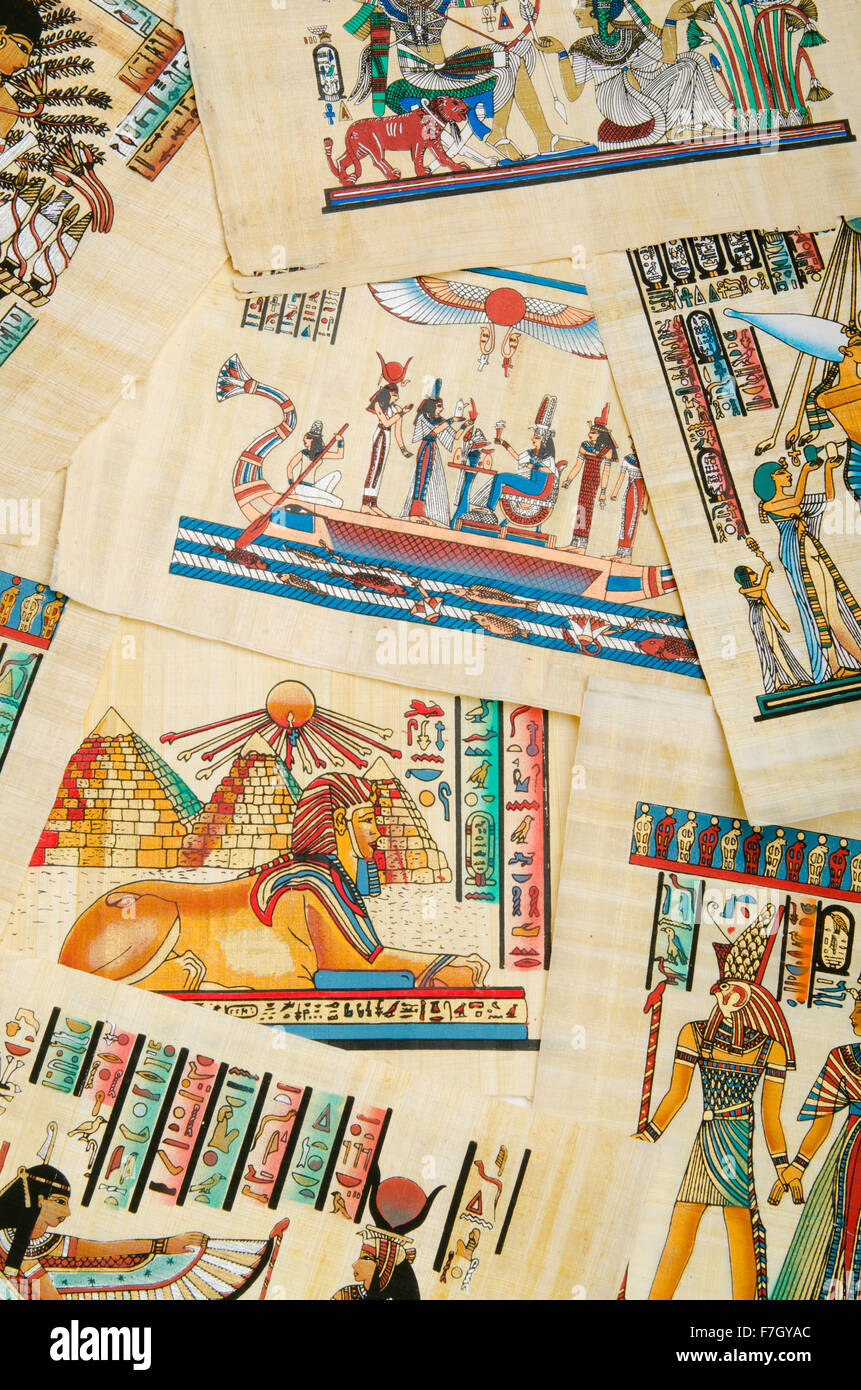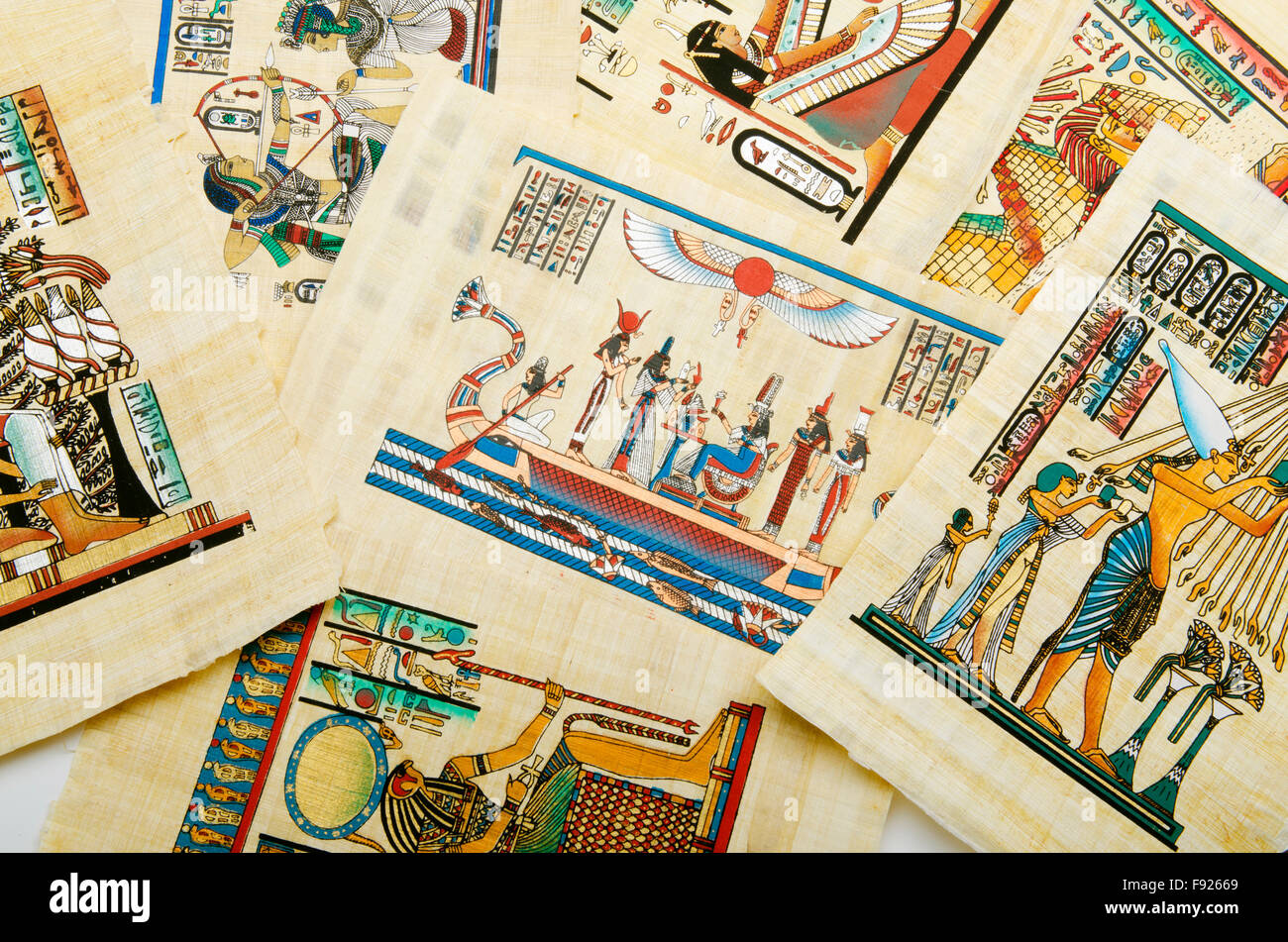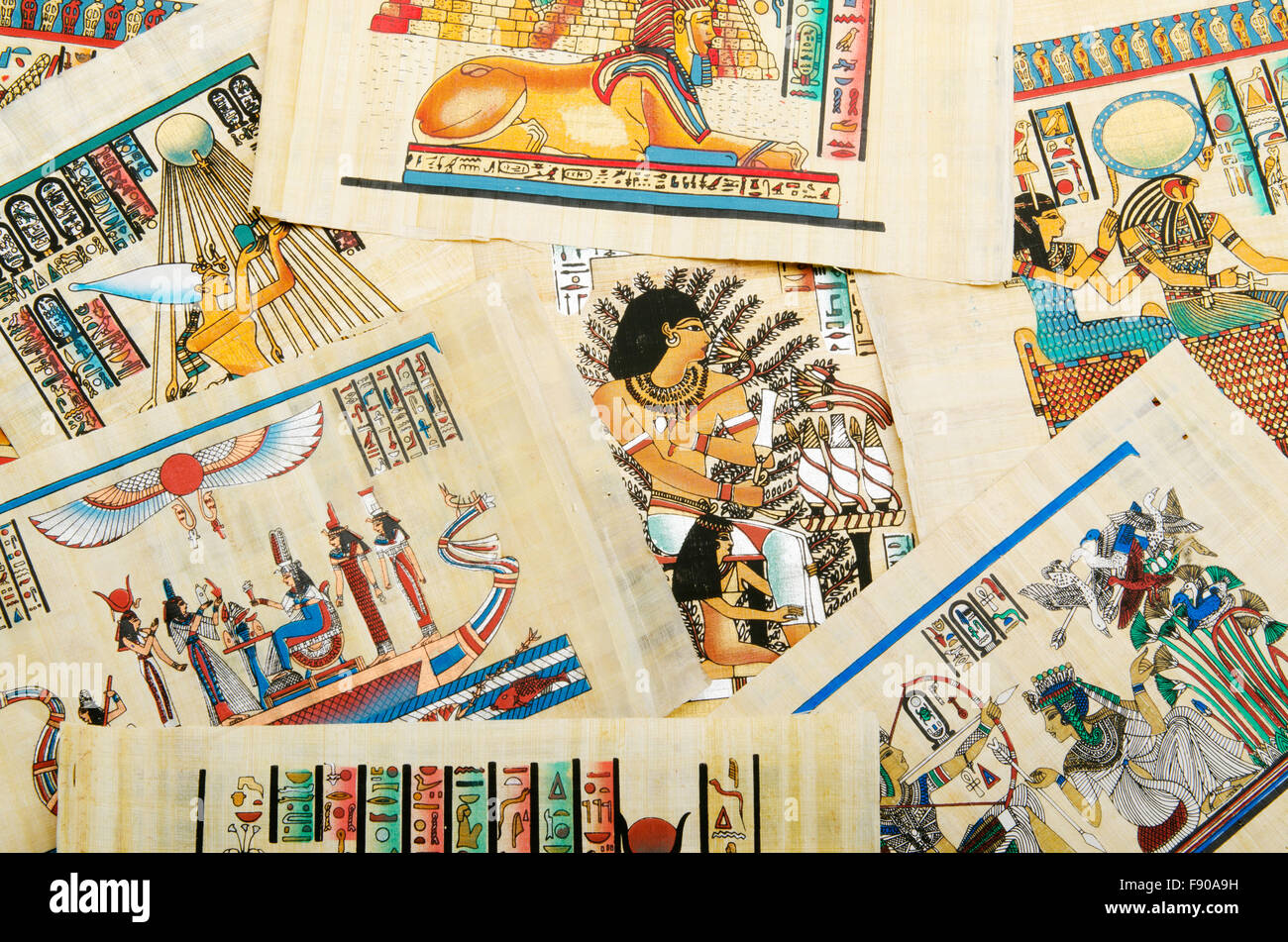Iran's Nuclear Journey: A Complex History Unveiled
The history of Iran's nuclear program is a saga of ambition, international intrigue, and geopolitical tension that has captivated global attention for decades. From its nascent stages as a peaceful civilian initiative to its current status as a focal point of international concern, Iran's nuclear journey has been anything but straightforward. It's a narrative marked by shifting political landscapes, technological advancements, covert operations, and persistent diplomatic struggles, making it one of the most enduring and complex challenges in modern international relations.
Understanding the intricacies of this program requires delving deep into its origins, tracing its evolution through various political regimes, and examining the critical junctures that have shaped its trajectory. Many U.S. presidential administrations have grappled with it, as have numerous international organizations and foreign governments, underscoring its profound global implications. This article aims to unravel the multifaceted history of Iran's nuclear program, providing a comprehensive overview of its key phases and the pivotal events that continue to define its controversial existence.
Table of Contents
- Early Beginnings: The Shah's Vision and Atoms for Peace
- Post-Revolution: Abeyance and Covert Resurgence
- The Revelation of Secret Facilities: A Global Alarm
- Project Amad: The Nuclear Weapons Program Unveiled
- Escalation and Sanctions: A Path to Confrontation
- The JCPOA Era: A Brief Period of De-escalation
- The Fakhrizadeh Assassination and Accelerated Activities
- Understanding the Current Debate
Early Beginnings: The Shah's Vision and Atoms for Peace
The genesis of Iran's nuclear program dates back to the 1950s, a period marked by global enthusiasm for atomic energy and the United States' "Atoms for Peace" program. Under the leadership of Shah Mohammed Reza Pahlavi, Iran embarked on a civilian nuclear program, securing a deal through the Eisenhower administration's initiative. This early phase laid the foundational groundwork for what would become a highly complex and contentious national endeavor. In 1967, Iran took possession of its Tehran Research Reactor under America’s "Atoms for Peace" program, marking a significant step in its initial nuclear ambitions. The Shah’s vision for industrial and technological advancement, fueled by Iran's burgeoning oil wealth, further propelled the nation's pursuit of nuclear technology, particularly in the early 1970s. This period also saw Iran's commitment to international non-proliferation efforts. In July 1968, Iran signed the Nuclear Non-Proliferation Treaty (NPT), and formally ratified it in 1970, in return for assistance under the U.S. program. These early developments established Iran as a participant in the global nuclear order, albeit one with growing aspirations for energy independence and technological prowess.Post-Revolution: Abeyance and Covert Resurgence
The Iranian Revolution of 1979 dramatically altered the trajectory of the nuclear program. With Shah Mohammad Reza Pahlavi fleeing Iran, fatally ill, the new Islamic Republic inherited a program that faced immediate challenges. The Iranian nuclear program went into abeyance after the revolution, with a number of nuclear scientists fleeing the country. This period of disruption and uncertainty led many to believe that the program had effectively stalled. However, despite the initial setback, the program did not vanish. Instead, it saw shifts influenced by wars, global scrutiny, and covert operations. While details remain shrouded in mystery, it is now known that Iran re-established its nuclear weapons program, known as Project Amad, in the late 1990s/early 2000s. This period marks a critical transition from a largely civilian-focused initiative to one with a suspected military dimension, setting the stage for future international confrontations. The motivations behind this resurgence are often attributed to the Islamic Republic's interest in developing a nuclear deterrent, according to Western intelligence sources, which suggest a structured nuclear weapons program existed until 2003.The Revelation of Secret Facilities: A Global Alarm
The world's perception of Iran's nuclear ambitions shifted dramatically in 2002. This was a pivotal year when the National Council of Resistance of Iran (NCRI) exposed the existence of an undisclosed uranium enrichment facility in Natanz, leading to emerging concerns about Iran's nuclear program. This revelation sent shockwaves through the international community, raising serious alarms about potential nuclear weapons development. In 2003, after the Iranian government formally acknowledged the facilities, the International Atomic Energy Agency (IAEA) inspected them, finding that they had a history of undisclosed activities. This discovery fueled suspicions that Iran had been secretly pursuing a nuclear weapons capability, in violation of its NPT obligations. The Iran nuclear crisis chronology outlines these significant events, highlighting how the 2002 revelation marked the true beginning of the global crisis surrounding Iran's nuclear program. These events underscored the challenges of verifying compliance and the deep mistrust that would come to characterize international relations with Iran.Project Amad: The Nuclear Weapons Program Unveiled
The revelations of 2002-2003 brought to light a deeper, more troubling aspect of Iran's nuclear activities: the existence of a dedicated nuclear weapons program. It is now known that Iran established its nuclear weapons program, known as Project Amad, in the late 1990s/early 2000s. This program was reportedly a structured effort aimed at developing the necessary components for a nuclear weapon. Many aspects of the Iranian nuclear weapons program and exchanges with undisclosed countries remain a mystery, but some facets have been revealed over time. These documents focus on the history of Iran's nuclear program and provide an overall assessment of Iran's nuclear capability, confirming the existence of Project Amad. While Iran consistently maintains its program is purely for peaceful purposes, the evidence of Project Amad, coupled with the secrecy surrounding its early enrichment activities, fueled persistent international concerns about its true intentions. Western intelligence sources often attribute Iran's interest in developing a nuclear deterrent to the Islamic Republic, which, according to them, had a structured nuclear weapons program until 2003. This period of covert development and the subsequent exposure significantly heightened international pressure and led to a concerted effort to curb Iran's nuclear ambitions.Escalation and Sanctions: A Path to Confrontation
Following the revelations of secret facilities and the suspected existence of Project Amad, international efforts to constrain Iran's nuclear program intensified dramatically. The early 2000s saw a period of escalating tensions, as the international community, led by the United States and European powers, demanded greater transparency and compliance from Tehran. Iran's continued enrichment activities, despite international calls for suspension, led to a series of United Nations Security Council resolutions imposing sanctions. These sanctions, targeting Iran's financial, energy, and military sectors, were designed to pressure the country into halting its nuclear activities and engaging in meaningful negotiations. The period from the mid-2000s to the early 2010s was characterized by a cycle of diplomatic efforts, Iranian defiance, and progressively harsher international sanctions. This economic pressure, while impacting Iran's economy, did not immediately halt its nuclear advancements, leading to a prolonged stalemate and increasing fears of a military confrontation. The history of Iran's nuclear program during this time is largely defined by this high-stakes standoff between Tehran and the global powers.The JCPOA Era: A Brief Period of De-escalation
The protracted standoff eventually led to intense diplomatic negotiations, culminating in the Joint Comprehensive Plan of Action (JCPOA), often referred to as the Iran nuclear deal, in 2015. This landmark agreement marked a significant, albeit temporary, shift in the history of Iran's nuclear program.The Deal and Its Impact
The JCPOA was an agreement between Iran and the P5+1 group of countries (China, France, Germany, Russia, the United Kingdom, and the United States), plus the European Union. In exchange for sanctions relief, Iran agreed to significantly curb its nuclear activities, including reducing its centrifuges, limiting uranium enrichment levels and stockpiles, and allowing extensive international inspections. The deal was hailed by many as a diplomatic triumph, preventing Iran from developing a nuclear weapon and averting a potential military conflict. For a brief period, the JCPOA offered a pathway for Iran to re-integrate into the global economy and for international concerns about its nuclear program to be assuaged.US Withdrawal and Renewed Tensions
However, the JCPOA's longevity was short-lived. In 2018, the U.S. under President Donald Trump unilaterally withdrew from the agreement, arguing that it was flawed and did not adequately address Iran's ballistic missile program or its regional activities. The U.S. then reimposed and expanded sanctions on Iran, leading to a renewed period of heightened tensions. In response to the U.S. withdrawal and the inability of European partners to fully mitigate the economic impact of U.S. sanctions, Iran began to gradually roll back its commitments under the JCPOA, increasing its uranium enrichment levels and installing more advanced centrifuges. This marked a return to a more confrontational stance, reminiscent of the pre-JCPOA era, and reignited global concerns about Iran's nuclear capabilities.The Fakhrizadeh Assassination and Accelerated Activities
A critical turning point in the recent history of Iran's nuclear program occurred on November 27, 2020, with the assassination of Mohsen Fakhrizadeh. Widely regarded as the father of Iran’s nuclear program, Fakhrizadeh, a key figure behind the nuclear program and one of the deputy defense ministers of the Islamic Republic, was assassinated on the outskirts of Tehran. This event sent shockwaves through Iran and the international community, leading to immediate calls for retaliation and a significant acceleration of Iran's nuclear activities.The Strategic Action Law
Following the assassination, and particularly after Joe Biden won the U.S. presidential election, Iran’s parliament passed the Strategic Action Law, following Khamenei’s directive. In December 2020, the Iranian parliament mandated the resumption of 20 percent enrichment, the installation and operation of more advanced centrifuges, and other measures aimed at increasing Iran's nuclear capabilities. This legislative action was a direct response to the perceived threats and a strategic move to gain leverage in any future negotiations with the incoming U.S. administration. The acceleration of Iran's nuclear activities following Fakhrizadeh's death underscored the profound impact of this event on the program's trajectory and the broader geopolitical landscape.Ramifications and Future Outlook
The assassination of Mohsen Fakhrizadeh and the subsequent parliamentary law have profoundly impacted the current state of Iran's nuclear program. Iran's nuclear activities accelerated following the assassination, pushing the country closer to possessing enough enriched uranium for a nuclear weapon, though it maintains its program is peaceful. This rapid advancement has intensified international alarm and complicated efforts to revive the JCPOA. The strategic action law has effectively raised the stakes, making any diplomatic resolution more challenging. The current debate about Iran concerns the purpose of its ongoing nuclear activities, with many fearing that Iran is moving closer to a "breakout" capability. The future of Iran's nuclear program remains a global flashpoint, with potential implications for regional stability and international security.Understanding the Current Debate
Today, most of the debate about Iran concerns the purpose of its ongoing nuclear activities. The long and complex history of Iran's nuclear program, from its early civilian aspirations to its current advanced state, continues to shape international policy and diplomatic efforts. From secret facilities and sanctions to the JCPOA, Iran’s nuclear journey remains a global flashpoint. The preliminary phase of Iran’s nuclear activities started during the Shah's era, but the program's true complexity emerged after the revolution, particularly with the revelations of covert operations and the existence of Project Amad. This chapter introduces the history of Iran’s nuclear program by breaking it down into three separable historical phases, emphasizing the continuity and evolution of its ambitions. The Iran nuclear crisis chronology outlines the significant events and developments surrounding Iran's nuclear program since its inception, highlighting how each phase has contributed to the current predicament. The continuous struggle of many U.S. presidential administrations and international organizations to address this issue underscores its enduring nature. This analysis can be found here, providing a comprehensive understanding of a history of continuity in Iran’s long nuclear program. The core challenge remains: how to ensure Iran's nuclear program remains exclusively peaceful, while respecting its sovereign rights and addressing its security concerns.The history of Iran's nuclear program is a testament to the intricate interplay of national ambition, geopolitical rivalries, and technological advancement. It is a story far from over, with each new development adding another layer to its complex narrative. As the world continues to grapple with the implications of Iran's nuclear capabilities, understanding this rich and tumultuous history is paramount.
What are your thoughts on the evolution of Iran's nuclear program? Share your insights and perspectives in the comments below, or explore more of our articles on international relations and nuclear proliferation to deepen your understanding of these critical global issues.

Egyptian history concept with papyrus Stock Photo - Alamy

Egyptian history concept with papyrus Stock Photo - Alamy

Egyptian history concept with papyrus Stock Photo - Alamy